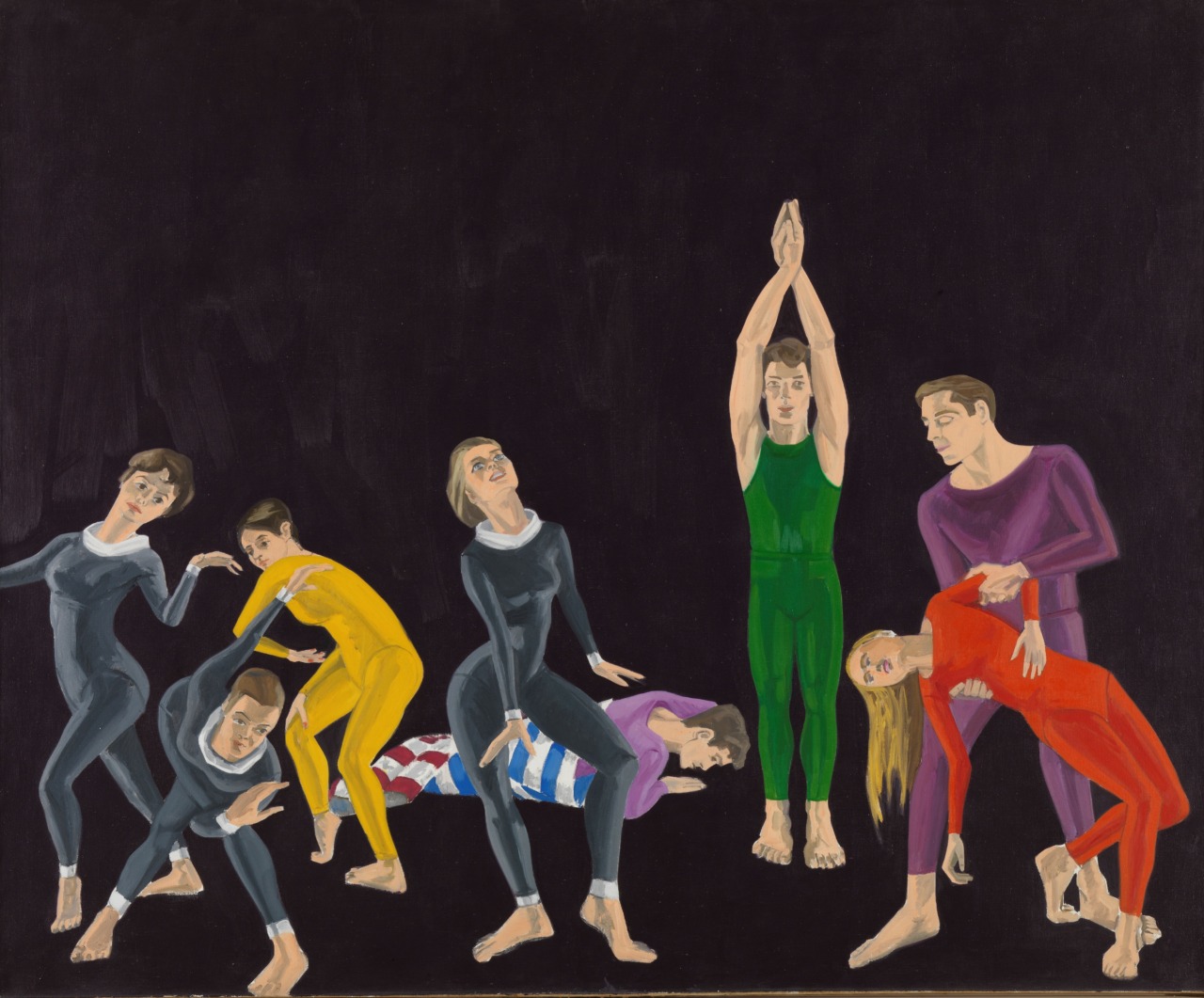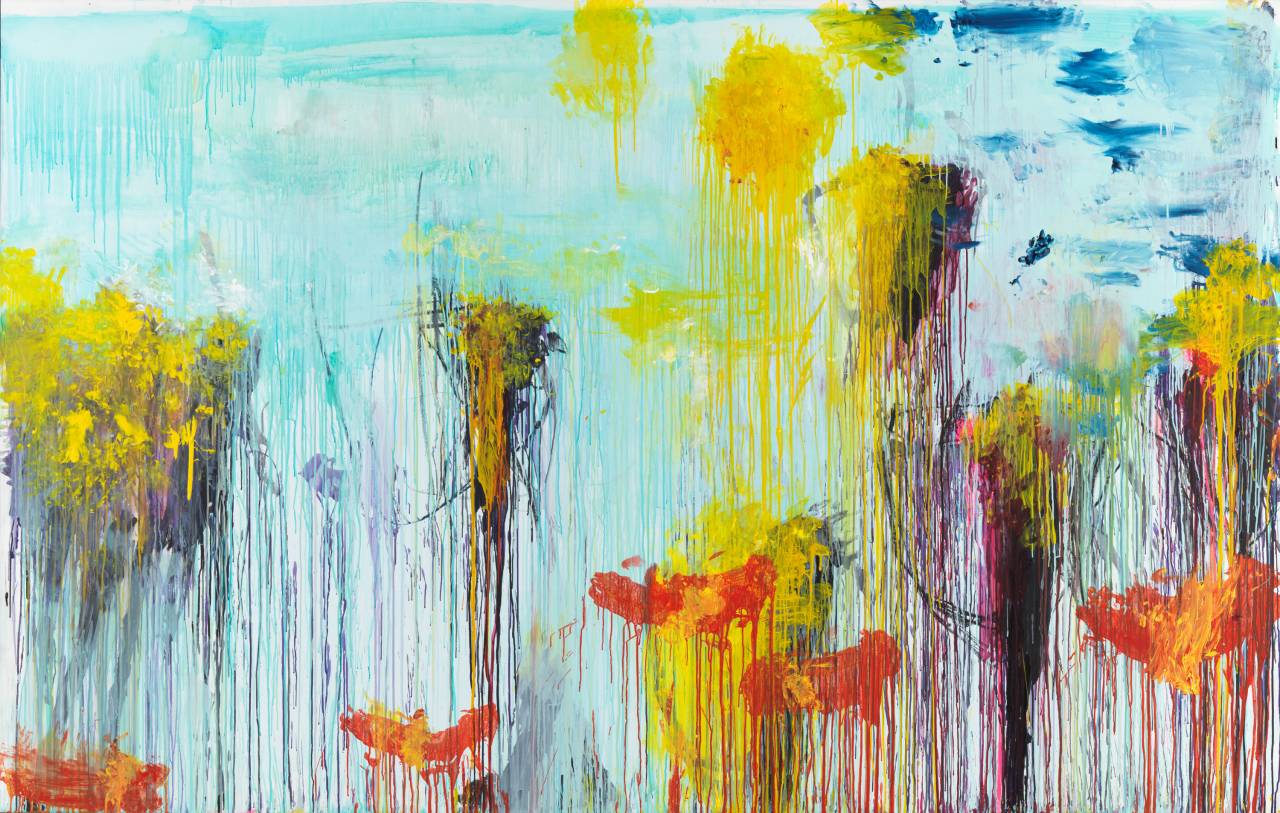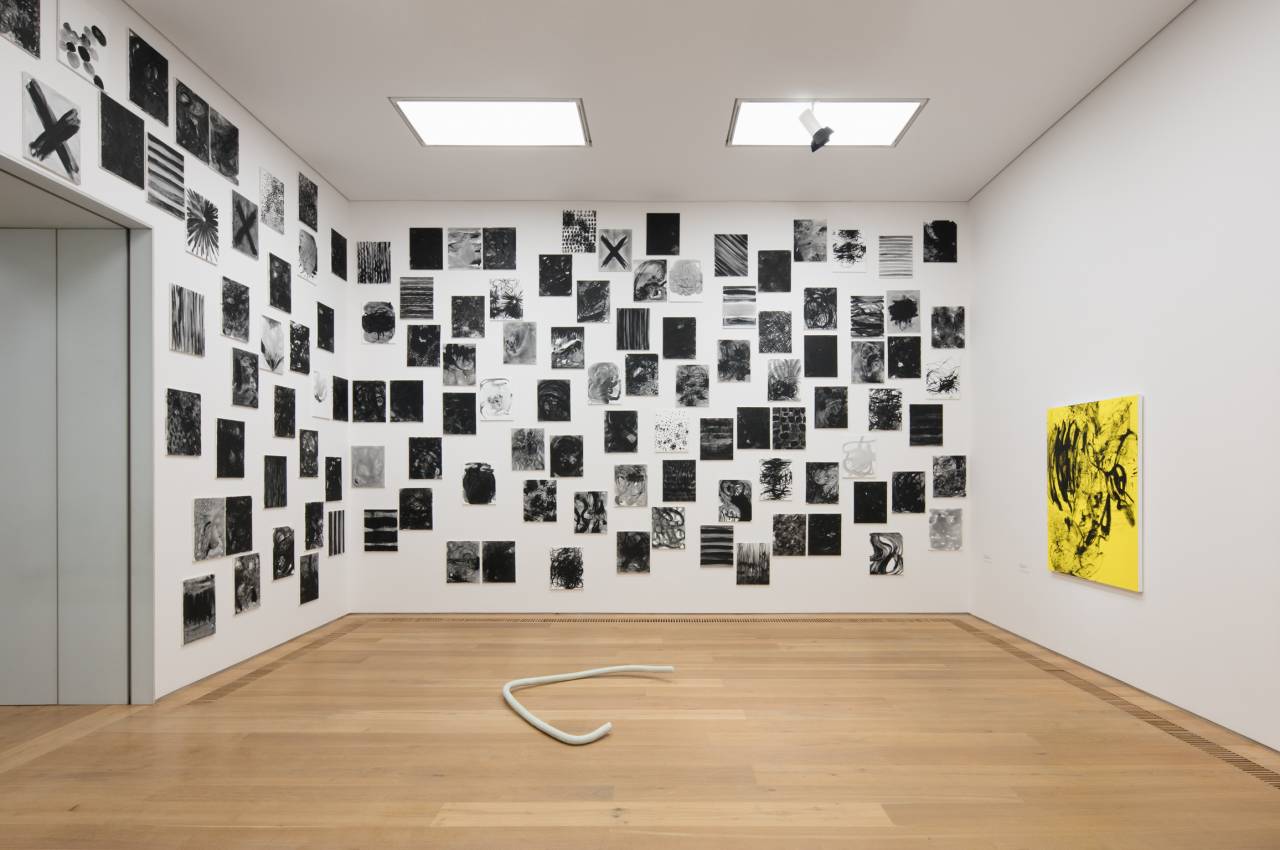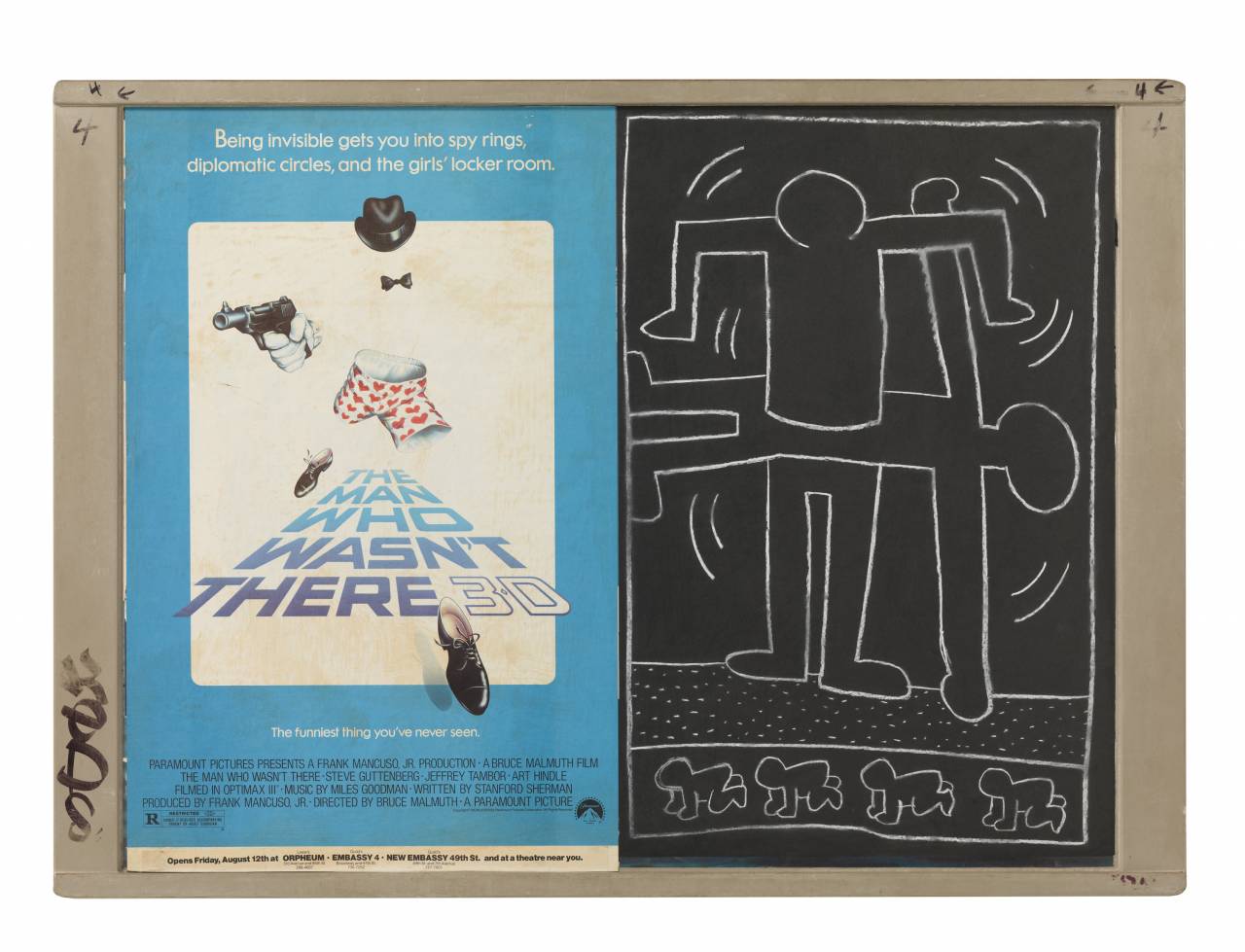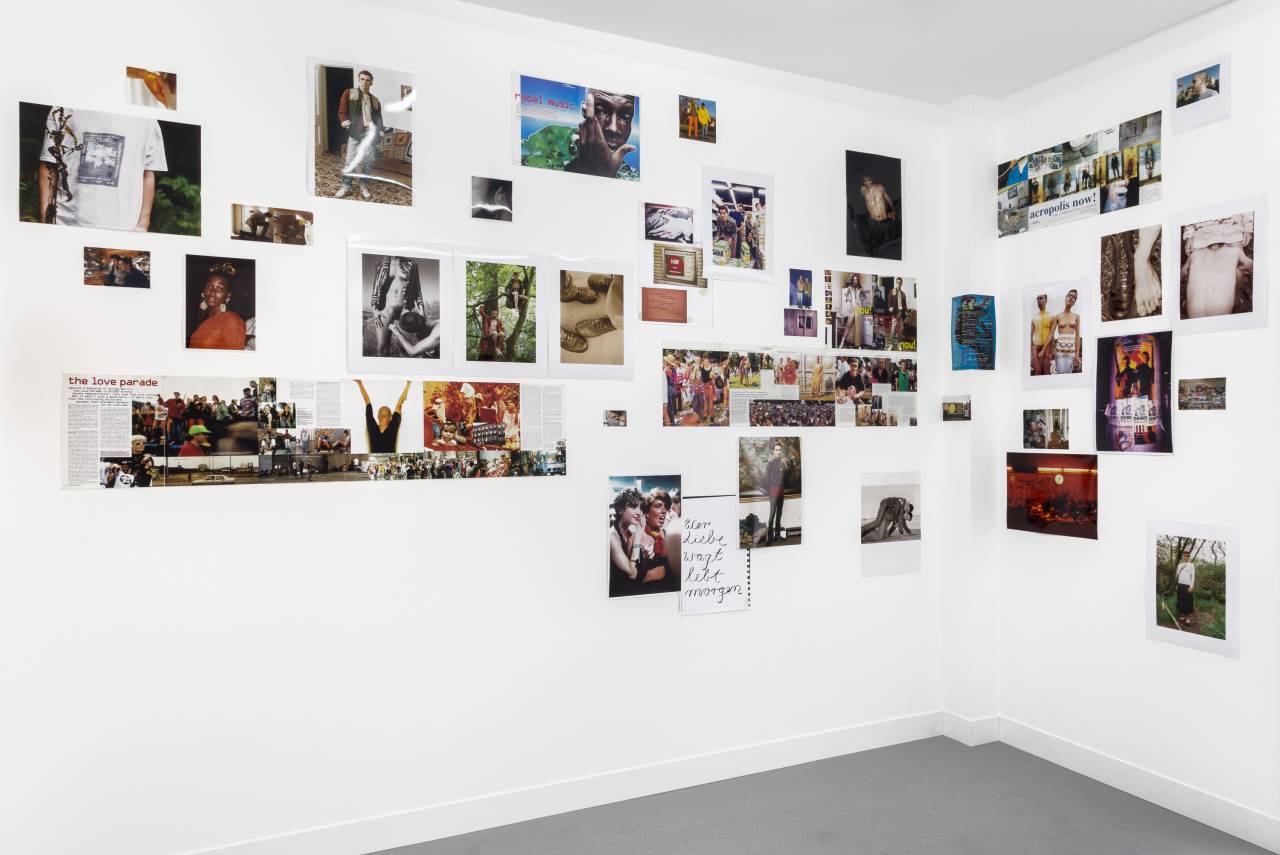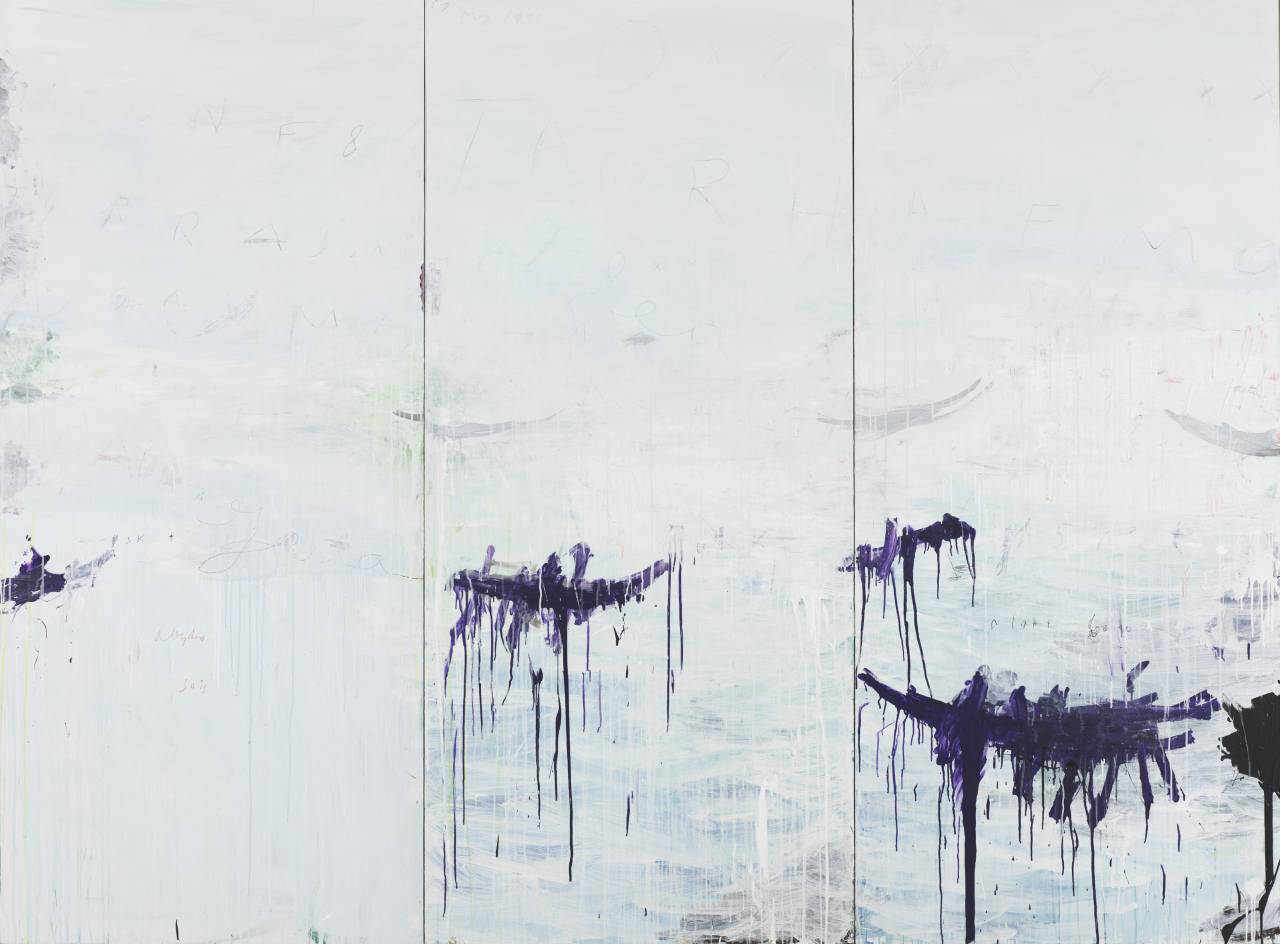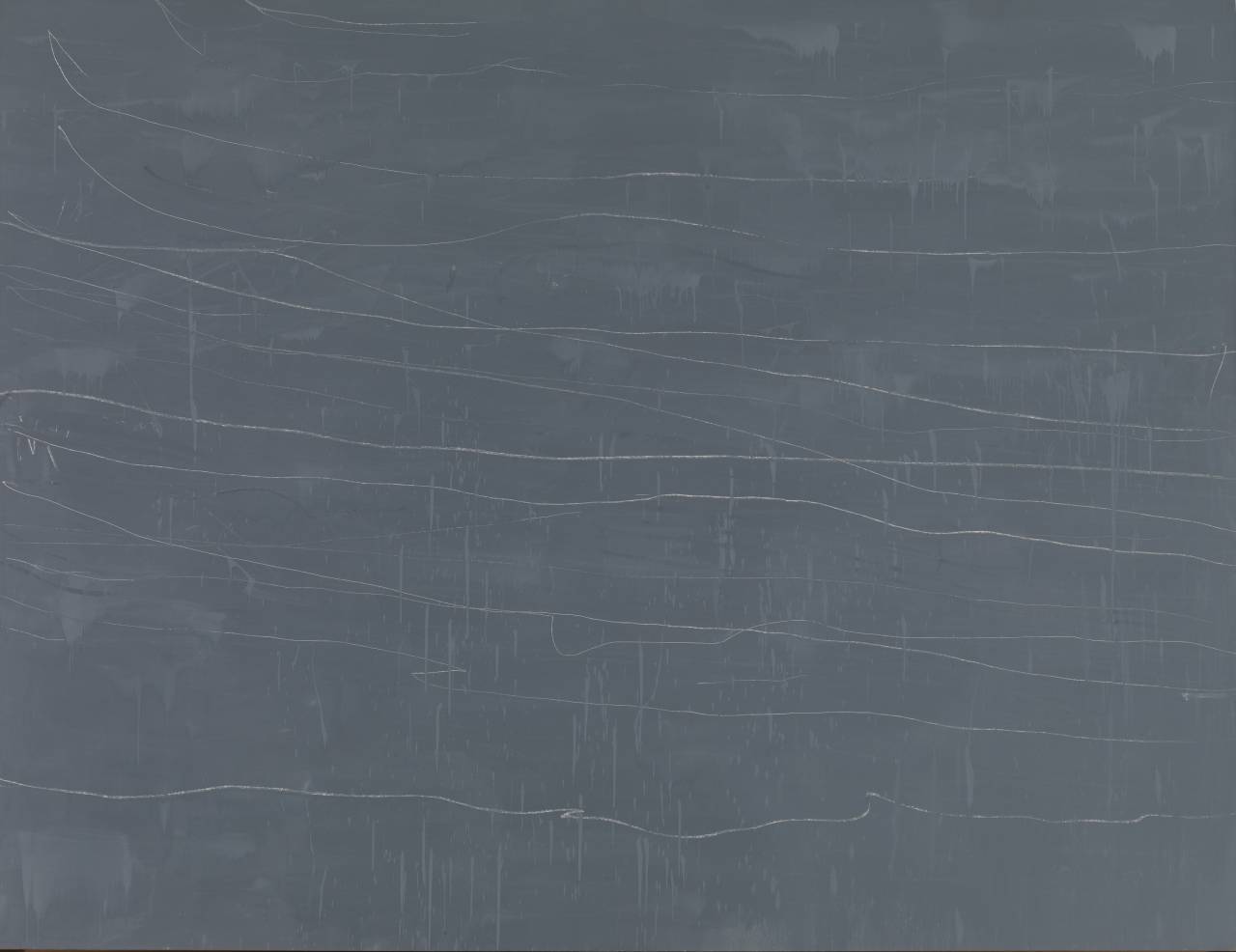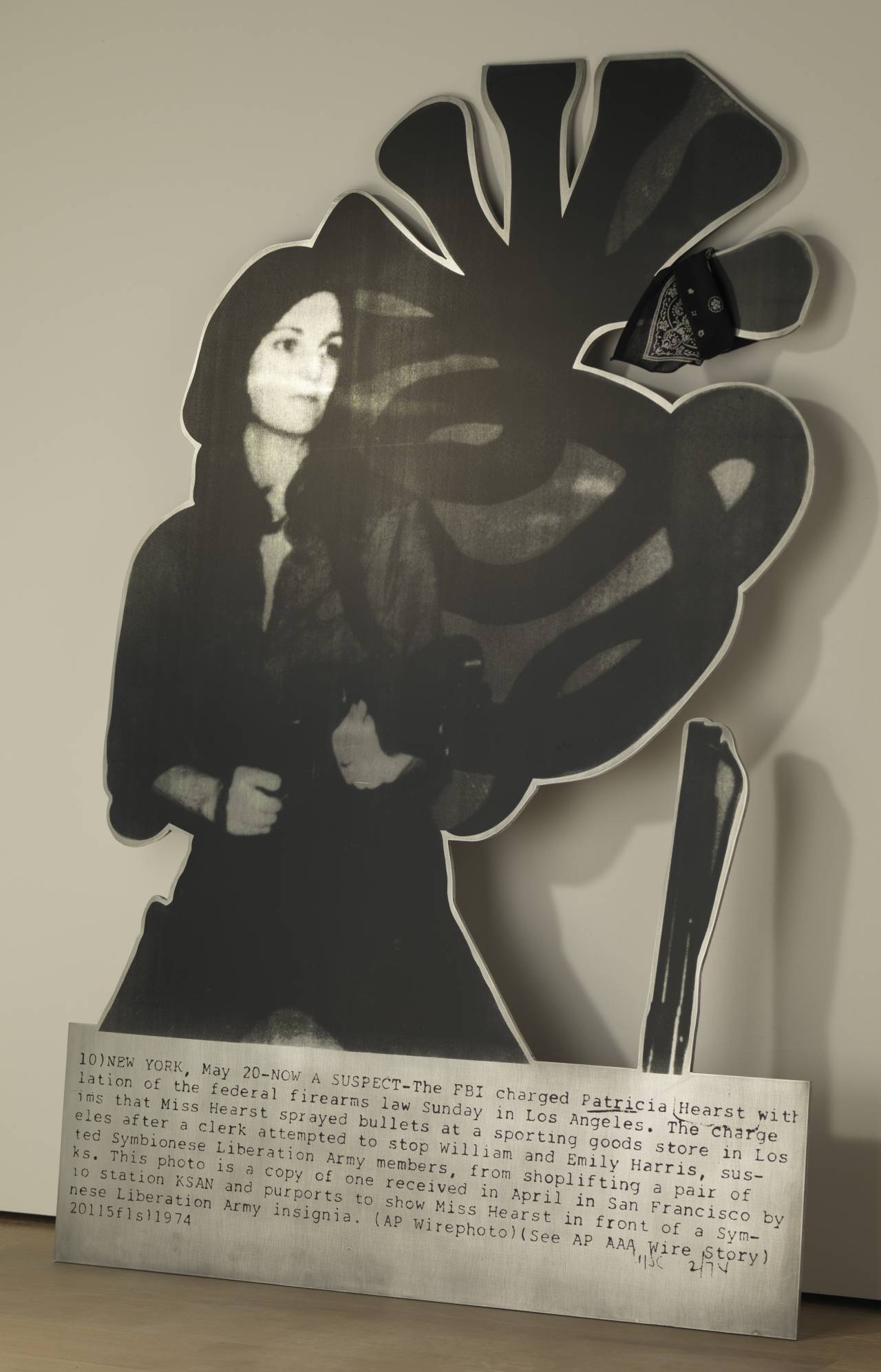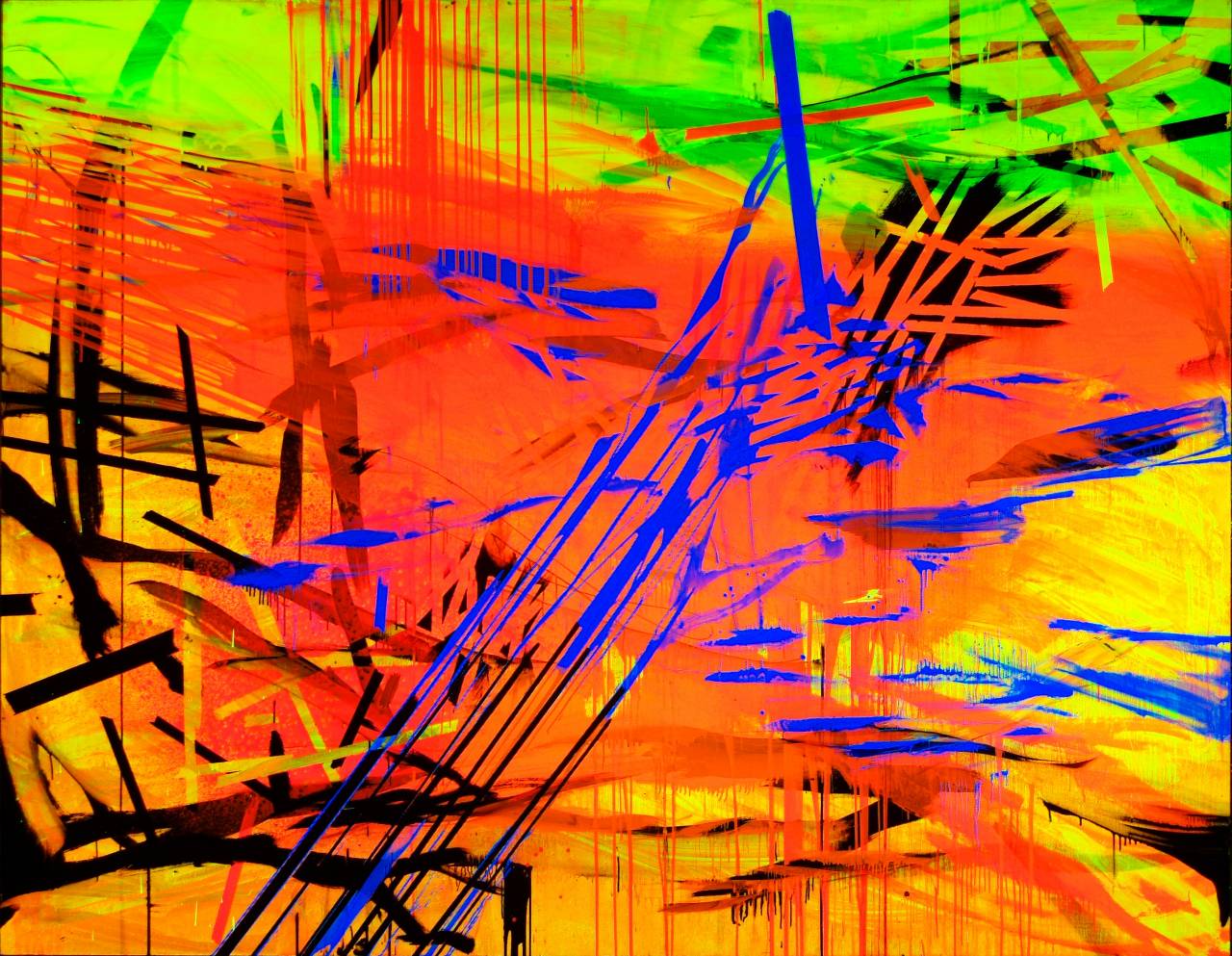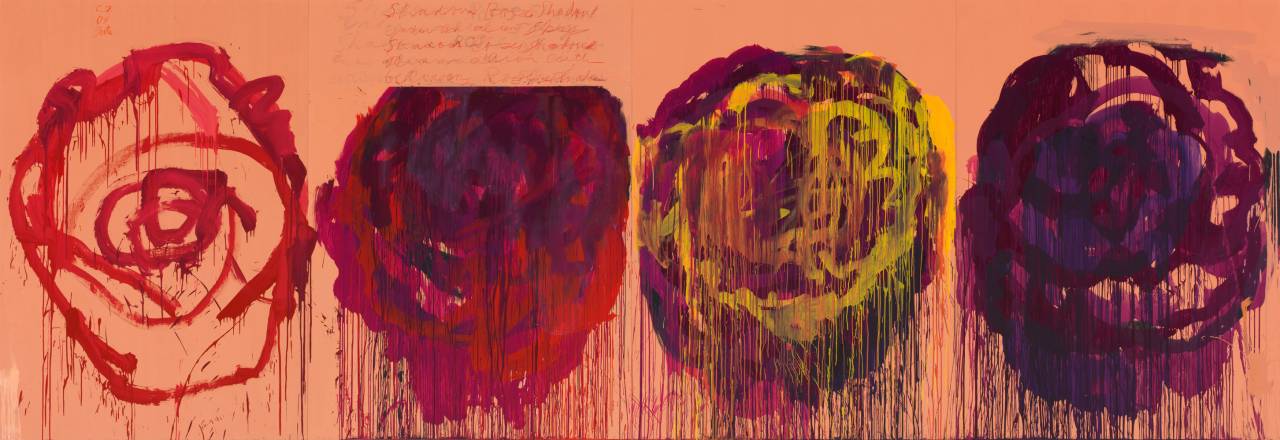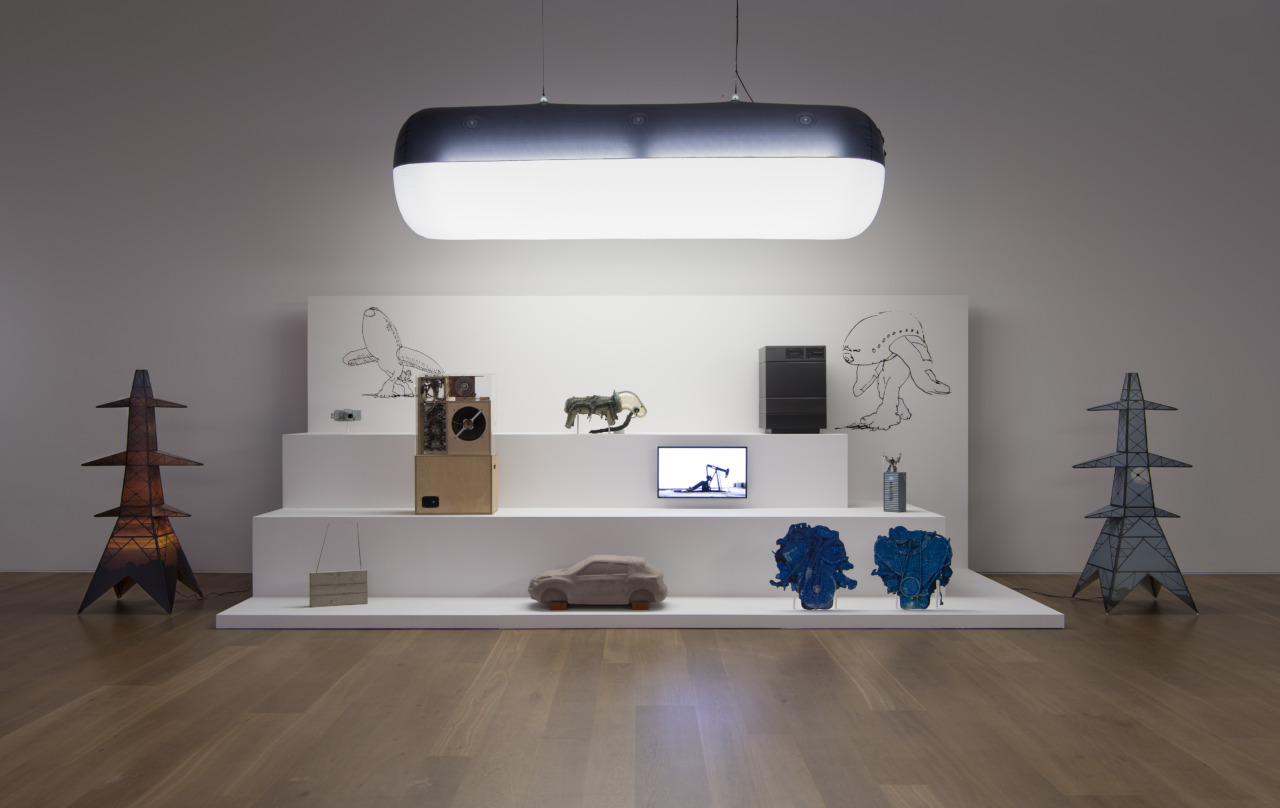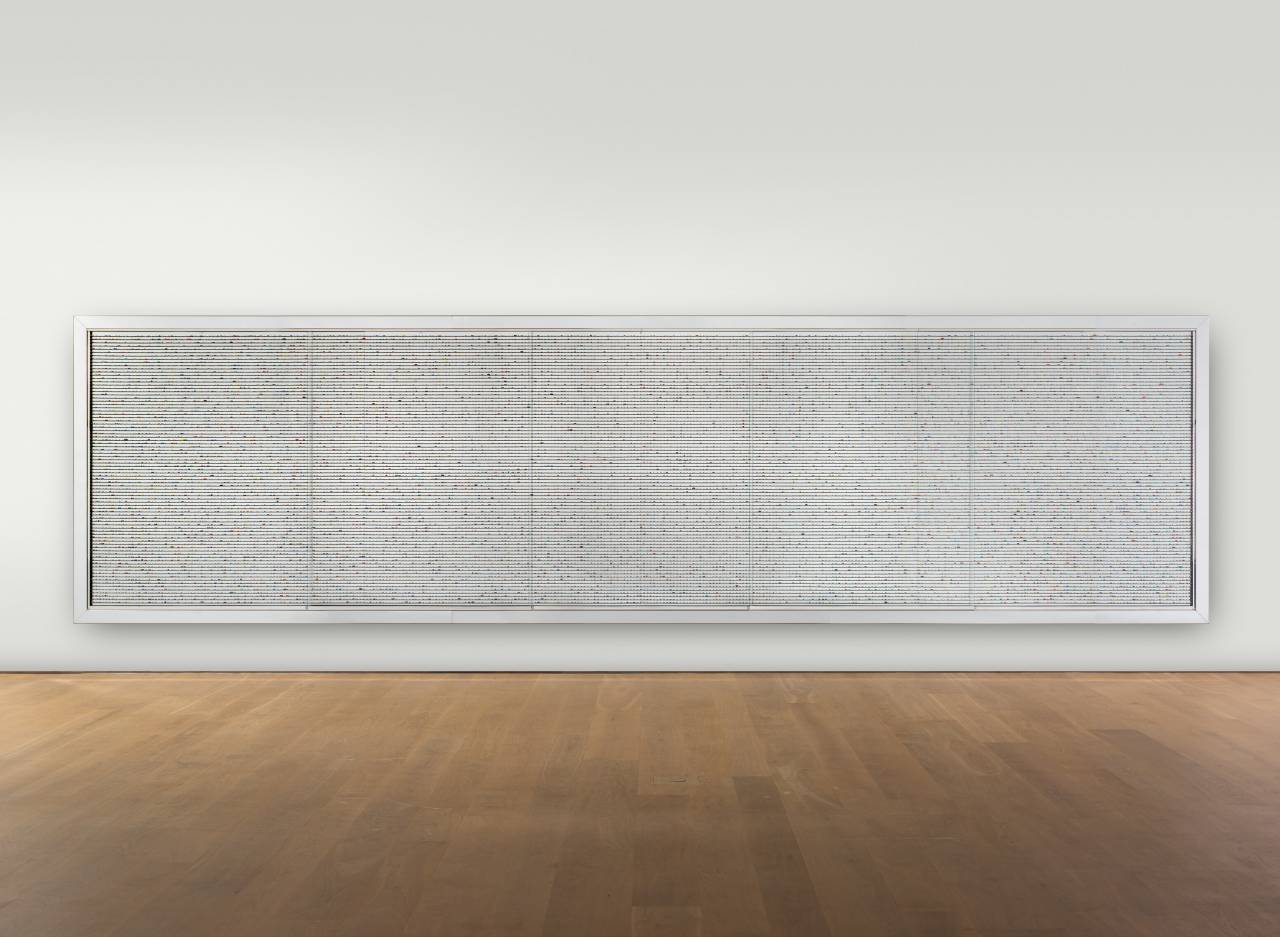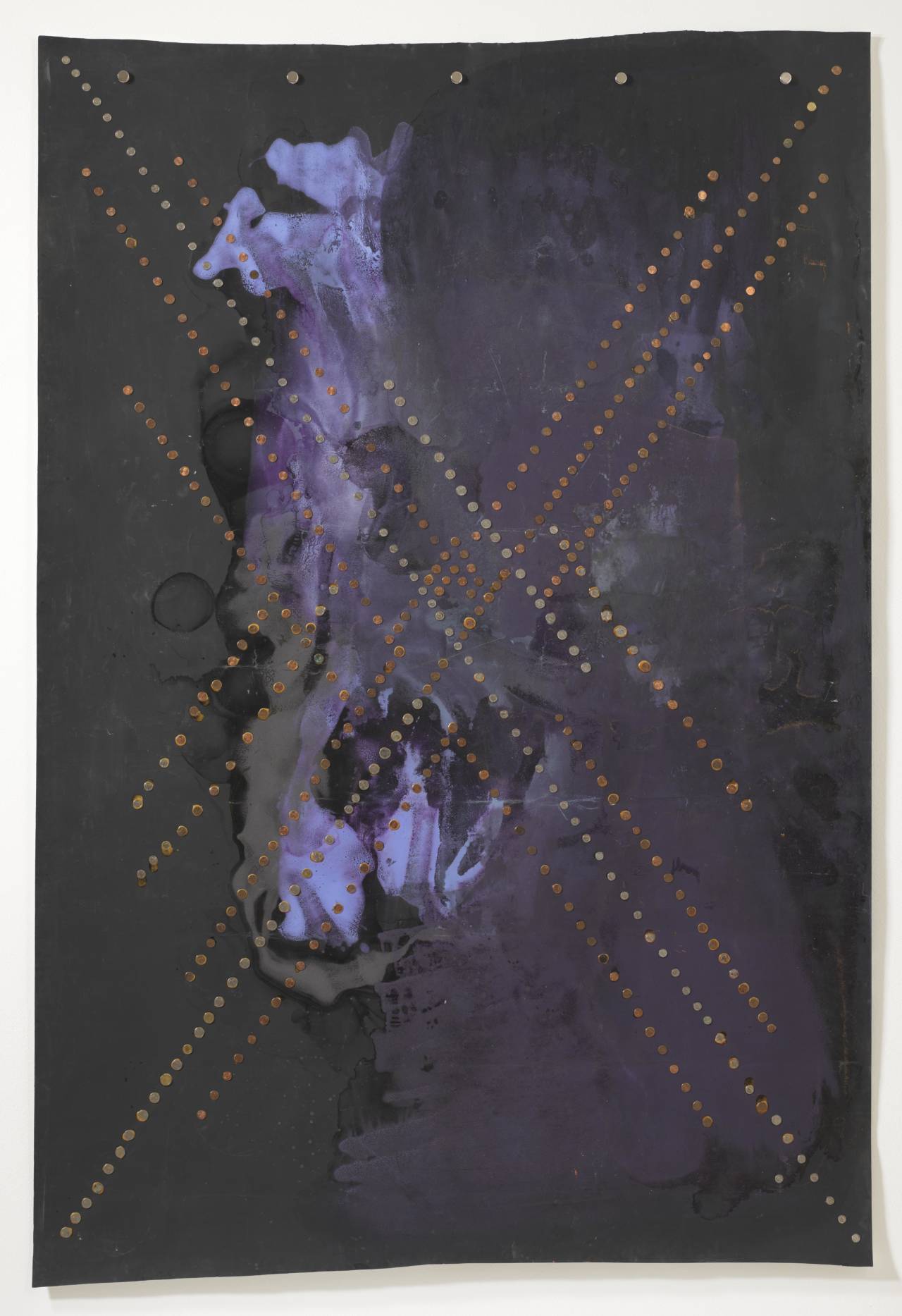One Dollar Bill (Front)
Artwork FactoryDescription
Andy Warhol’s first silkscreens, made in early 1962, took the front and back sides of one- and two-dollar bills as their motif. In this version, the artist prints the front of a one-dollar bill he drew himself onto the canvas. He colors the background green with diluted watercolor, and stains the main motif with blood-red paint.
Associated modules
Andy was a commercial artist before turning to art. He set out to be just as successful an artist as he was in the field of advertisement, and had a brilliant idea: the screen-printing process, familiar from the advertising and textile industries, can also be used for art! He used the screen-printing process for the first time for his dollar bills.
Explained briefly
The screen-printing technique allows a template such as a photo or a picture from a newspaper to be printed on canvas. The screen, with its applied stencil, is reusable. This allows artists to use the same motif repeatedly and create a new design each time.
Look closely
Andy Warhol loved the “small defects” in his prints. The portrait of the first President of the USA, George Washington, is barely recognizable. Is the stained dollar bill a pure coincidence? Why is imperfect sometimes more exciting than perfect?
Get creative
Get creative
"What’s great about this country is that America started the tradition where the richest consumers buy essentially the same things as the poorest. You can be watching TV and see Coca-Cola, and you can know that the President drinks Coke, Liz Taylor drinks Coke, and just think, you can drink Coke, too."
Andy Warhol
|
Source
Get creative
Talk about it
Consumer culture has many symbols. One hackneyed one, for example, is the American dollar. Andy Warhol made an entire series out of it in the 1960s.
What does Andy’s dollar bill stand for—fascination or consumer criticism?




